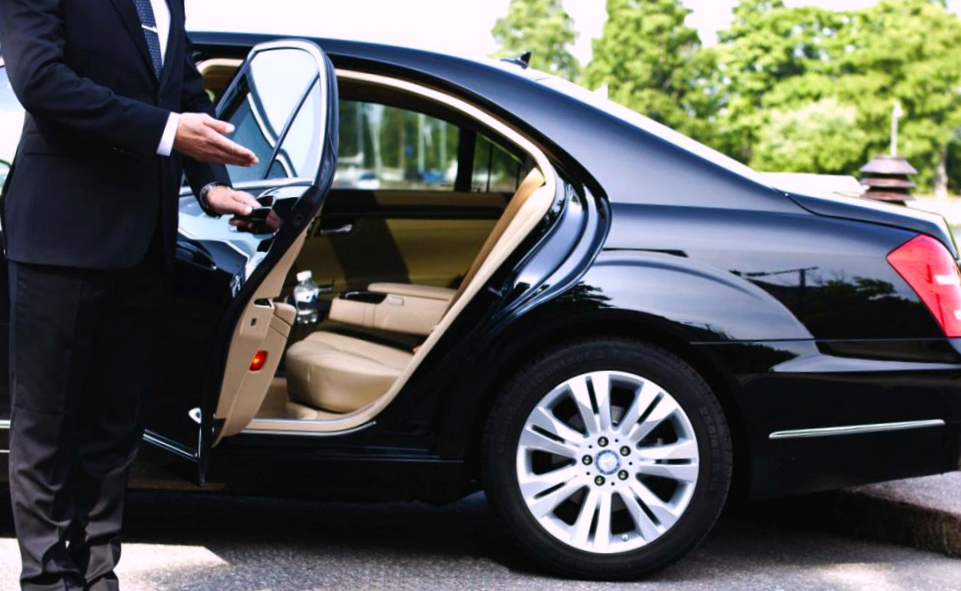This sounds familiar…
Tell me if you’ve heard this story before; Lyft is once again poised to piggyback on Uber’s success by launching their own version of one of Uber’s services. It’s a familiar story, and Lyft is pulling it out of the playbook once again.
Lyft announced that their new Lux and Lux SUV service will launch in five markets starting in June: San Jose, San Francisco, Los Angeles, Chicago, and New York City. This comes a year after Lyft launched their Premier service.
Must have a black paint job
As the name and guidelines suggest, the company intends on offering a higher-class experience, one that’s better geared towards business travelers and other such clientele.
Both Premier and Lux drivers must maintain a rating of 4.7 or higher to be eligible for the upper echelon. Each tier also has set vehicle requirements; while the list is extensive, Premier Level drivers can’t drive a car more than ten years old. Lux drivers have even stricter criteria; according their approved vehicles list, cars must be a 2011 make or newer, featured “leather or leather-like” seats and have a black paint job.
![]()
This move could be motivated by a few factors. For starters, Uber hasn’t had a banner year, with the spotlights pointed on stories like systematic sexism, loss of critical talent, and the head of PR suggesting that the company intimidate journalists by digging up harmful personal details.
Now is a good time for Lyft to play copycat, because all they have to do next is be less of a toxic garbage heap than their biggest competitor.
It’s also worth noting that in addition to the black-car-on-call service they pioneered, Uber also offers on-call vehicles with wheelchair accessibility available (Lyft only provides this with a 24-hour notice). The point being that there’s value in catering to the niche markets when it comes to transportation.
Niche strategies hitting the market
In a certain sense, Lyft is playing a necessary game of “me too” in a market that demands options. According to TechCrunch, Lucid Motors “is building an luxury EV sedan specifically tailored to ride-sharing and ride-hailing usage.”
It’s clear that other competitors are looking for niche strategies to take to market.
Speaking of competition, things aren’t getting easier on an international scale. Didi Chuxing, the Chinese version of Uber, closed a $5.5 billion dollar round of funding, boosting its overall value to $50 billion.
For context, Uber’s valuation is $69 billion, while Lyft is valued at $7.5 billion.
If this trend continues, we could see competition heat up in a big way in this space through the rest of the year.
#LyftLux
Born in Boston and raised in California, Connor arrived in Texas for college and was (lovingly) ensnared by southern hospitality and copious helpings of queso. As an SEO professional, he lives and breathes online marketing and its impact on businesses. His loves include disc-related sports, a pint of a top-notch craft beer, historical non-fiction novels, and Austin's live music scene.













































Carl Gustafson
May 30, 2017 at 1:19 pm
UberX (launched July 2012) was actually second to the market to Lyft’s rideshare model (launched June 2012), until this time, UBER existed as a black car aggregator, assisting users to hire licensed private drivers.
Claiming that Lyft piggybacked on UBER’s success in the first place is an incorrect examination of history.
Pingback: Lyft is wants in on the self-driving car game - The American Genius